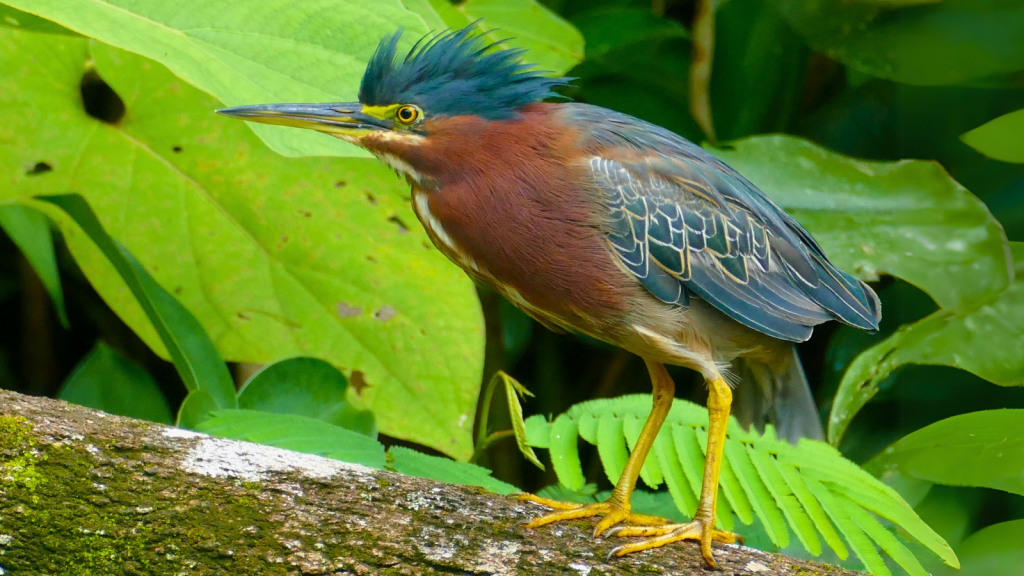The forest is a world of hushed whispers and silent stalkers. Among the towering trees and dense undergrowth, some of nature’s most skilled hunters make their home. These predators aren’t just fierce; they’re masters of the long game. They’ve honed the art of waiting, sometimes for hours or even days, for the perfect moment to strike. Their patience isn’t just impressive—it’s a matter of survival. From the treetops to the forest floor, these creatures remind us that in nature, sometimes the most powerful weapon is the ability to stay perfectly still.
Leopard
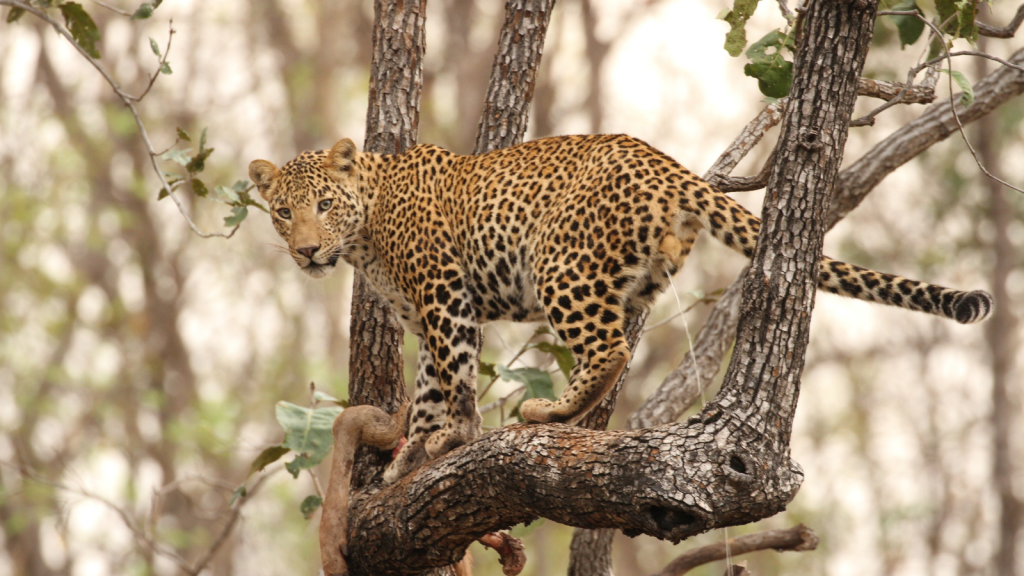
The leopard is a true master of stealth and patience. These spotted cats can spend hours perched on a tree branch, waiting for unsuspecting prey to wander beneath. Their rosette-patterned coat provides excellent camouflage, allowing them to blend seamlessly with dappled sunlight filtering through leaves. Leopards are known to drag their kills up into trees, safely out of reach of other predators, where they can eat at their leisure. Their incredible strength allows them to hoist prey weighing up to two times their own body weight into the treetops.
Praying Mantis
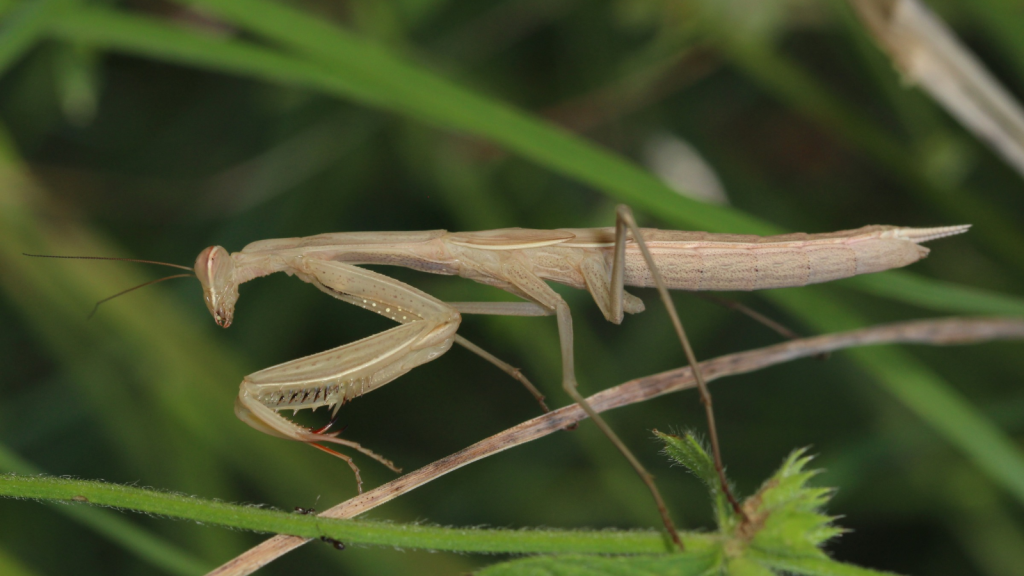
Don’t let its small size fool you—the praying mantis is a fearsome predator with incredible patience. These insects can remain motionless for hours, front legs raised in their characteristic “praying” pose, ready to snatch any prey that comes too close. Their ability to rotate their heads 180 degrees gives them an excellent field of vision, making it even easier to spot potential meals. Some species of mantis have even been known to catch small birds and mice. The mantis’s strike is one of the fastest movements in the animal kingdom, taking just 50 to 70 milliseconds to grab its prey.
Green Heron
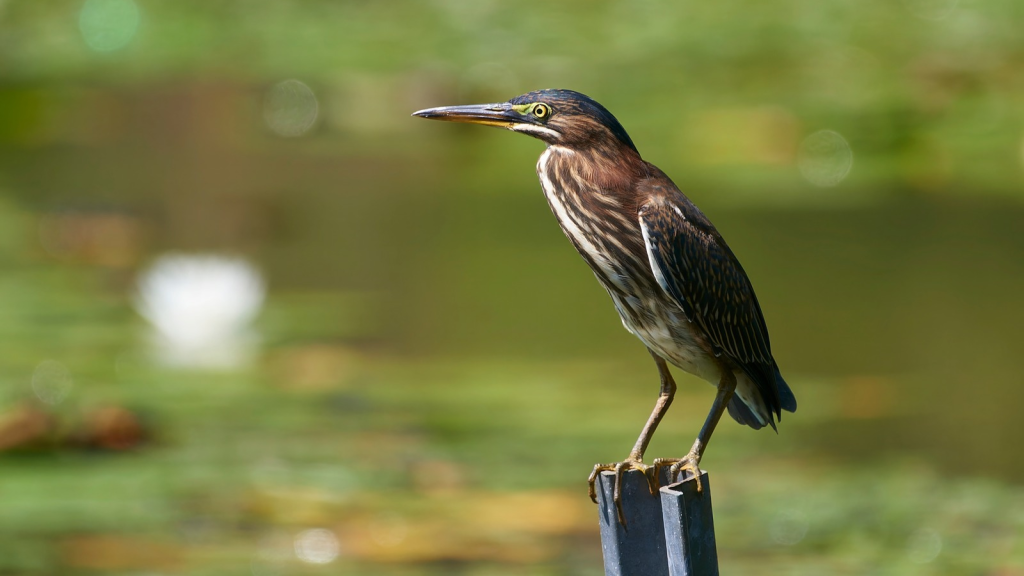
The green heron is a clever and patient fisher. Unlike many of its relatives, this bird doesn’t wade through the water to catch fish. Instead, it waits motionless at the water’s edge, sometimes for hours, until a fish swims close enough. In a lightning-fast move, the heron plunges its sharp beak into the water to catch its prey. Some green herons have even been observed using bait, such as insects or small twigs, to lure fish closer. This behaviour, known as “bait fishing,” has been documented in only a handful of animal species worldwide.
Horned Viper

The horned viper is a master of disguise and patience. These snakes can partially bury themselves in sand or leaves, leaving only their eyes and the tops of their heads visible. They can remain in this position for days, waiting for a lizard or small mammal to pass by. When prey comes within striking distance, the viper launches forward with incredible speed, delivering a venomous bite. The horned viper’s distinctive “horns” above its eyes are believed to help camouflage it among the desert vegetation, breaking up the snake’s outline.
Red Fox
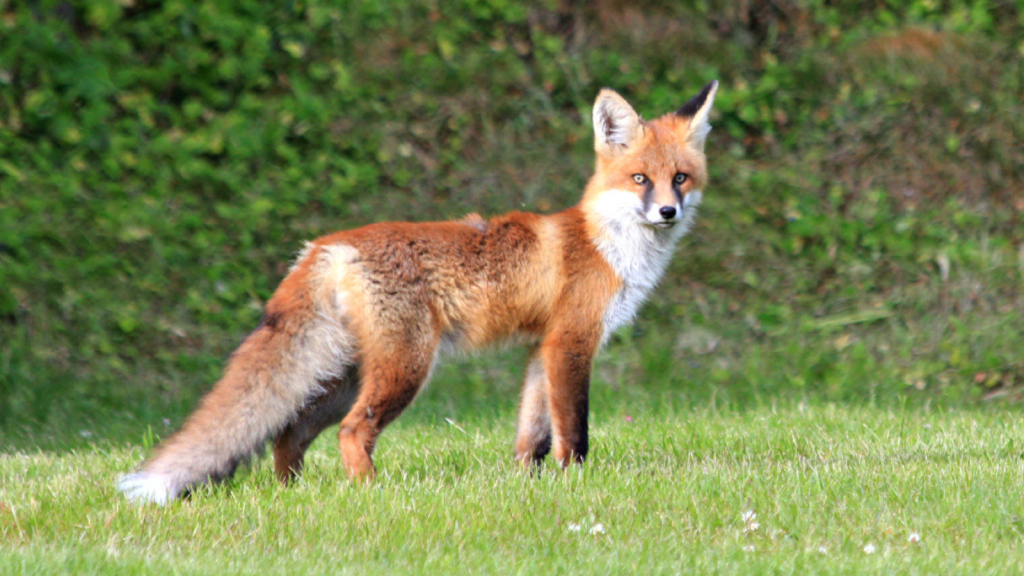
The red fox is a patient and versatile hunter. When hunting small prey like mice or voles, foxes will stand motionless, ears pricked forward, listening intently for the slightest rustle. Once they’ve pinpointed their prey, they’ll leap high into the air and plunge nose-first into the snow or tall grass to catch their meal. This technique, known as ‘mousing’, requires great patience and precision. Red foxes have exceptional hearing and can detect sound frequencies as low as 100 Hz, allowing them to hear the movement of prey underground.
Giant Wood Spider
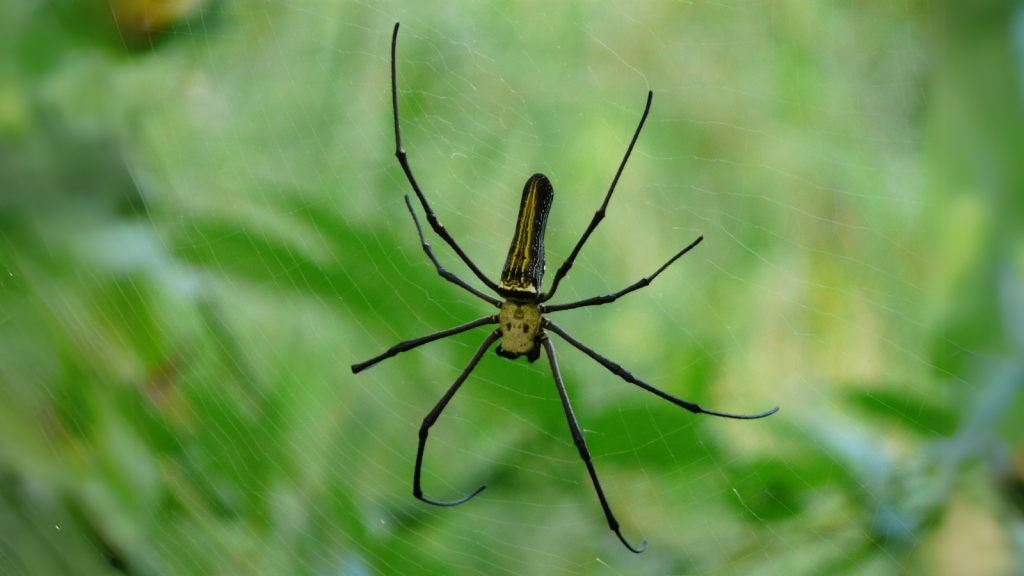
The giant wood spider, also known as the golden orb-weaver, spins enormous webs and waits patiently for prey to become entangled. These spiders can sit at the centre of their webs for hours or even days, waiting for the telltale vibration that signals a catch. Their silk is incredibly strong, capable of trapping insects, small birds, and even bats. The golden colour of their silk serves a dual purpose: it attracts bees and other insects while being nearly invisible to birds, making it an effective trap.
American Alligator
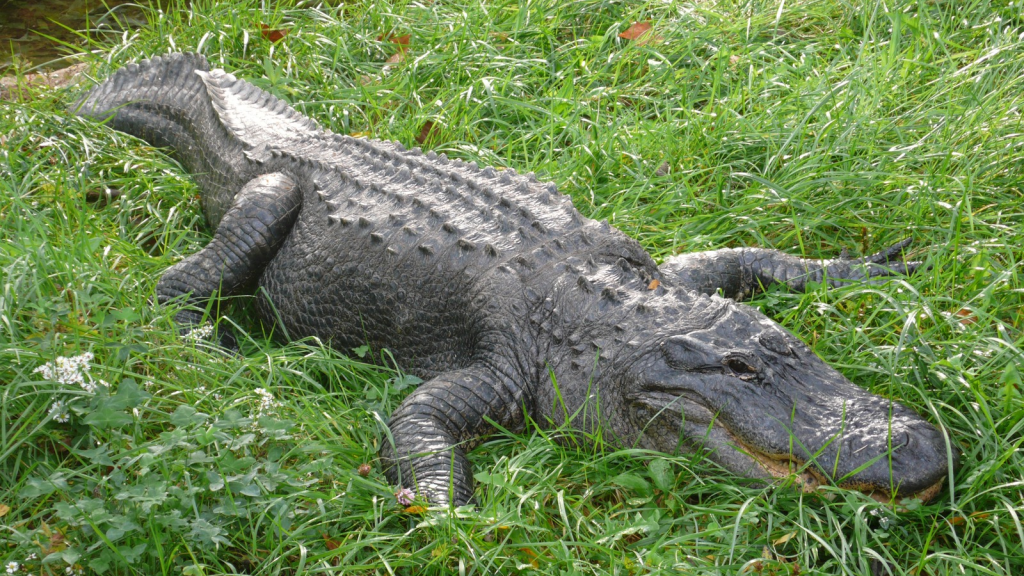
The American alligator is a study in patience. These massive reptiles can float almost completely submerged, with only their eyes and nostrils above water, for hours on end. They wait for prey to come to the water’s edge to drink, then surge forward with surprising speed to catch their victim. Alligators have been known to wait in this position for days if necessary. Their armoured bodies are perfectly adapted for this strategy, with nostrils and eyes positioned on top of their heads to allow for near-total submersion.
Crowned Eagle
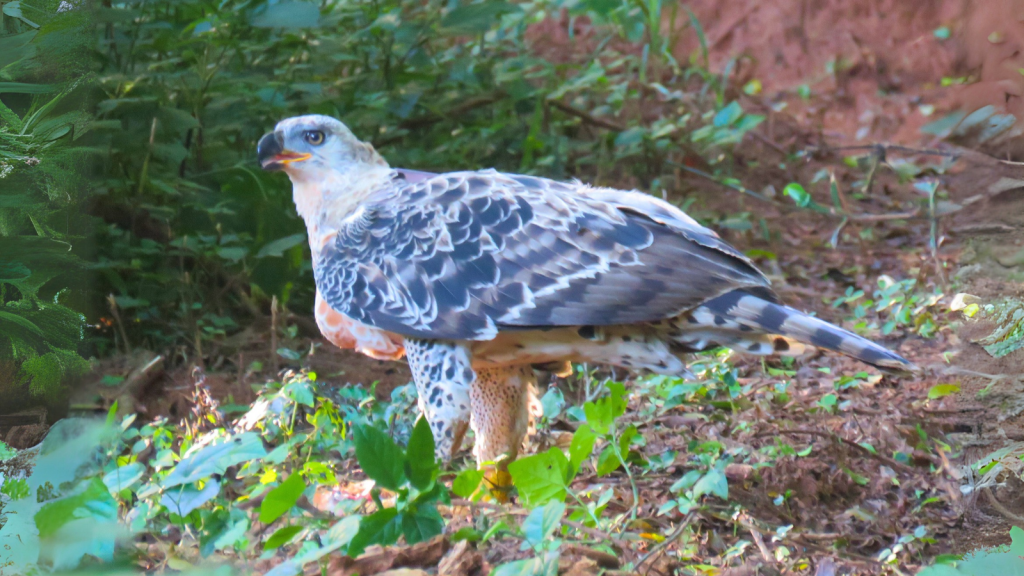
The crowned eagle is a powerful and patient hunter of the African forests. These birds will perch motionless in the canopy for hours, scanning the forest floor for prey. When they spot a potential meal, they’ll swoop down with incredible speed and power. Crowned eagles are known for taking relatively large prey, including monkeys and small antelopes. Their legs and feet are extraordinarily strong, with talons that can exert up to 530 pounds per square inch of pressure, allowing them to effectively hunt prey much larger than themselves.
Trapdoor Spider

The trapdoor spider takes patience to a whole new level. These arachnids construct burrows with hinged doors made of silk, soil, and vegetation. They can wait behind these doors for weeks, holding the door shut with their legs and waiting for the vibrations that signal passing prey. When an unsuspecting insect walks by, the spider flings open the door and snatches its meal. The inner surface of the trapdoor is typically covered with silk, which allows the spider to “feel” the vibrations of approaching prey more easily.
Jaguar

The jaguar is the largest cat in the Americas and a model of patient hunting. These powerful predators often lie in wait near waterways, staying perfectly still for hours until prey comes to drink. Jaguars are excellent swimmers and won’t hesitate to pursue prey into the water. They’re also known for their incredibly powerful bite, which can pierce the tough hide of caimans and turtle shells. Unlike most big cats, jaguars kill their prey with a unique technique: they bite directly through the skull, delivering a fatal blow to the brain.
Becky is a fervent wildlife enthusiast and pet care expert with a diploma in canine nutrition. Her love for animals stretches beyond the domestic, embracing the wild tapestry of global fauna. With over a decade of experience in animal welfare, Becky lends her expertise to OutlandishOwl through insightful articles, captivating wildlife information, and invaluable guidance on pet nutrition. Her work embodies a deep commitment to understanding the intricate lives of animals and a passion for educating others on sustaining natural habitats. Becky's hands-on conservation efforts and her knack for translating complex dietary science into practical pet feeding tips make her an indispensable voice for creatures great and small.

